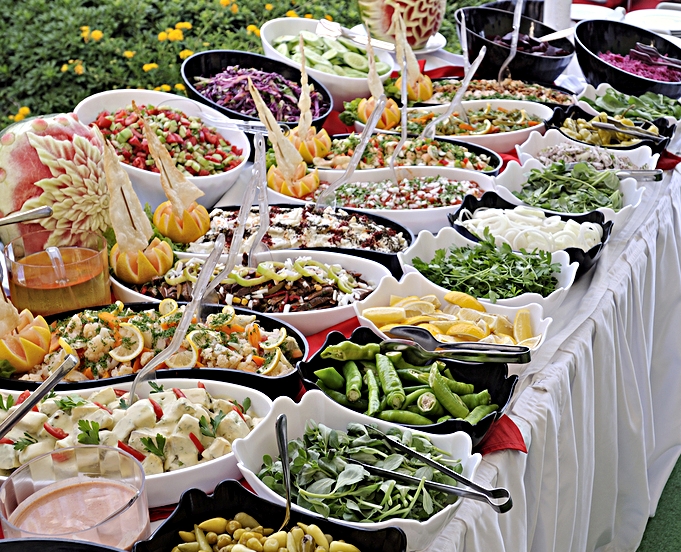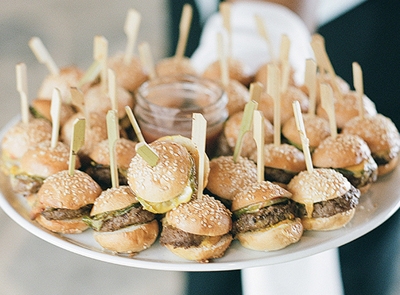Bon Appetite! Wedding Dinner Styles Made Simple
Hey there, Sparklers!
It is universally acknowledged that delightful fare is an essential component of any celebration, and your wedding reception is, of course, no exception! The selection of your menu will hinge on various factors, including the number of guests, the desired level of formality, and your budget constraints. As you contemplate your personal aesthetic and the preferences of your guests, we invite you to explore the nuances of these different service options with us to determine which best suits your vision!
Plated
The plated meal represents the most traditional service style at weddings, typically comprising three or four courses—often an appetizer, a choice of meat or fish for the main course, and a dessert. This option exudes formality and is ideal for couples desiring a sophisticated atmosphere, as it ensures that all guests are served simultaneously. However, it may pose challenges in accommodating dietary restrictions. Economically, plated service can be advantageous, as it allows for precise food quantity, thus minimizing waste. Nevertheless, this style necessitates a greater number of servers compared to more casual options. It is also essential to collect guests' meal preferences in advance and to provide the catering team with detailed place cards and a seating chart indicating each guest's meal choice.
BUFFET
Buffet service is a beloved alternative that offers a less formal dining experience. This style fosters interaction among guests beyond their assigned tables. However, it is important to anticipate potential lines and increased food costs, as self-serving often leads to larger portion sizes. A significant advantage of the buffet format is the opportunity to present a diverse array of dishes, catering to varied tastes and preferences.















